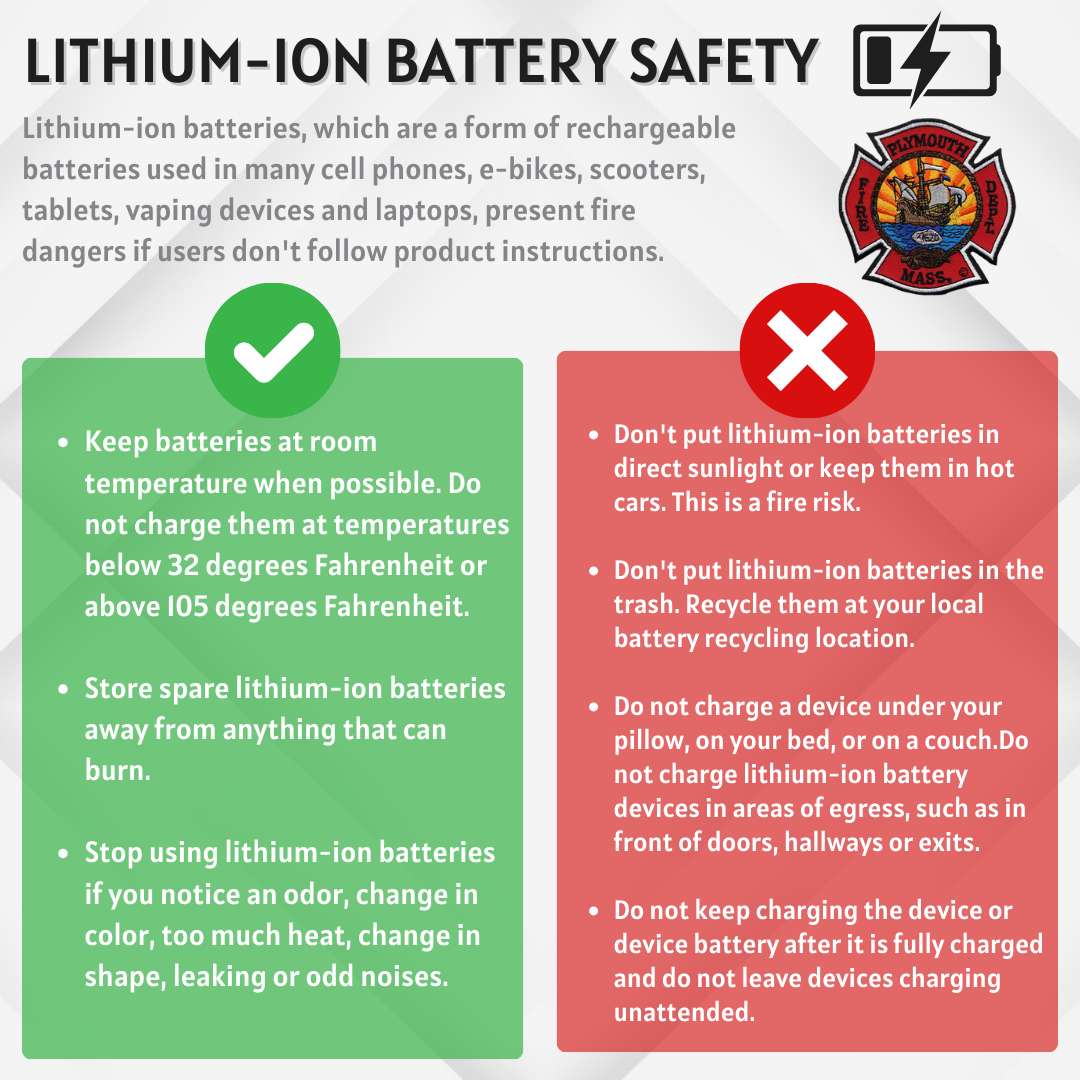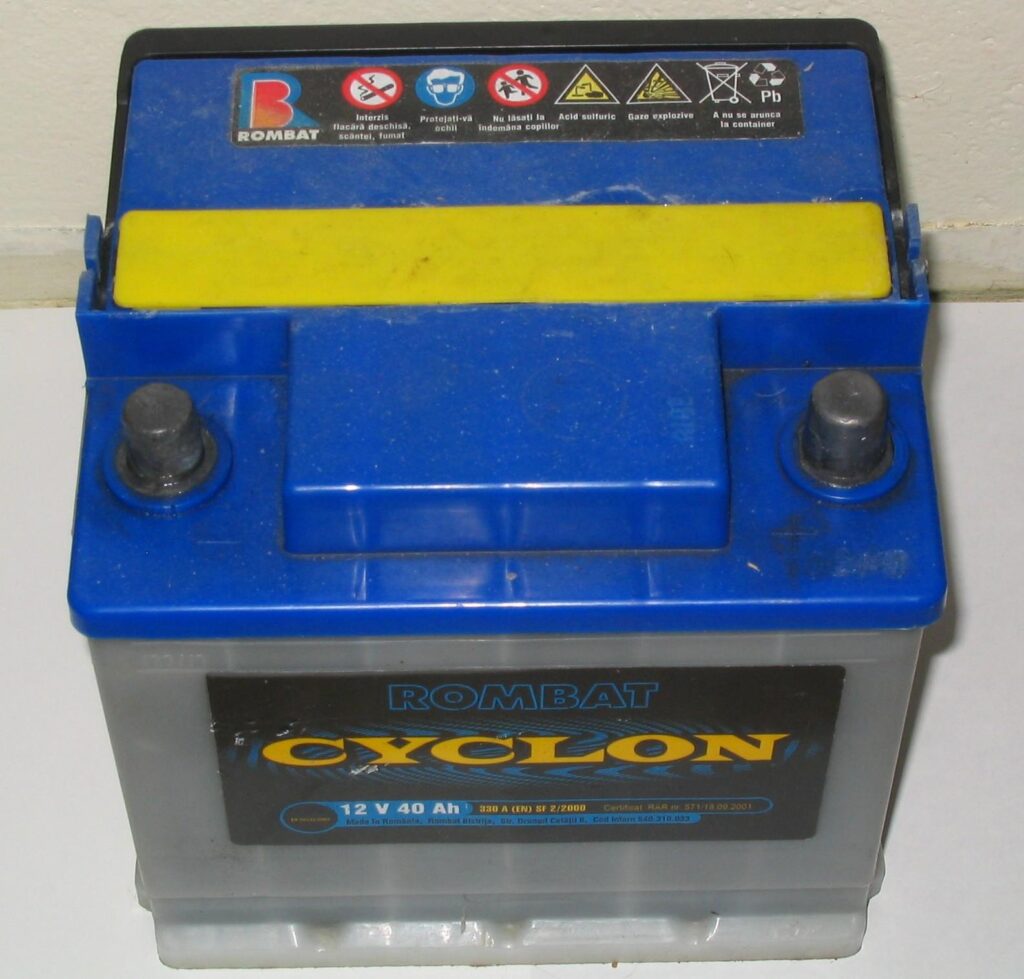As electric vehicles (EVs) and hybrid vehicles gain popularity, understanding the safety classifications of their components, especially automotive batteries, becomes essential. Automotive batteries, primarily lithium-ion types, are critical in powering electric and hybrid vehicles but also pose certain hazards. This article explores the classification of automotive batteries in the context of hazardous materials, providing insights into safety regulations, potential risks, and management practices.
What Hazard Class Do Automotive Batteries Fall Under?
Automotive batteries primarily fall under the Class 9: Miscellaneous Dangerous Goods hazard category according to the United Nations (UN) classification system. This designation applies mainly to lithium-ion batteries, which can pose risks such as overheating, fire, and chemical exposure if damaged or improperly handled.
Understanding Hazard Classifications
Hazard classes categorize materials based on their potential risk to health and safety. The United Nations has developed a comprehensive system that includes several classifications, ranging from explosives to toxic substances. The classification of automotive batteries as Class 9 underscores the need for specific safety measures and regulatory compliance.
Table 1: UN Hazard Classifications Overview
| Hazard Class | Description |
|---|---|
| Class 1 | Explosives |
| Class 2 | Gases (including flammable and non-flammable) |
| Class 3 | Flammable Liquids |
| Class 4 | Flammable Solids and Reactive Materials |
| Class 5 | Oxidizers and Organic Peroxides |
| Class 6 | Toxic and Infectious Substances |
| Class 7 | Radioactive Materials |
| Class 8 | Corrosive Substances |
| Class 9 | Miscellaneous Dangerous Goods (e.g., batteries) |
Why Automotive Batteries Are Classified as Class 9
The classification of automotive batteries stems from several factors including:
- Chemical Composition: Lithium-ion batteries contain flammable electrolytes and other materials that can lead to fires or explosions under specific conditions.
- Potential for Short Circuit: Damage to a battery can result in short-circuiting, leading to overheating or even combustion.
- Environmental Impact: Improper disposal can release toxic chemicals into the environment, necessitating careful management.
Key Risks of Automotive Batteries
Understanding the risks associated with automotive batteries can help in implementing safety measures. Key risks include:
- Thermal Runaway: A condition that can occur when a battery cell experiences an internal short circuit, leading to an uncontrolled temperature increase.
- Leakage of Electrolytes: Damaged batteries can leak potentially toxic chemicals, posing health risks to handlers and the environment.
- Fire Hazard: Lithium-ion batteries can ignite under severe conditions, such as punctures or extreme heat.
Table 2: Common Risks Associated with Automotive Batteries
| Risk Type | Description |
|---|---|
| Thermal Runaway | Uncontrolled temperature rise leading to fire/explosion |
| Electrolyte Leakage | Release of toxic substances into the environment |
| Fire Hazard | Ignition due to overheating or damage |
| Chemical Exposure | Risks from handling damaged batteries |
Regulatory Framework and Safety Guidelines
Various organizations provide guidelines and regulations for the safe handling, transportation, and disposal of automotive batteries. The most notable regulators include:
- Occupational Safety and Health Administration (OSHA): Provides standards for workplace safety when handling hazardous materials.
- Environmental Protection Agency (EPA): Oversees regulations for the disposal of harmful substances, including batteries.
- Department of Transportation (DOT): Sets guidelines for the safe transportation of hazardous materials.
Adhering to these regulations is vital not only for workplace safety but also for environmental protection.

Best Practices for Handling Automotive Batteries
Implementing best practices can significantly reduce the risks associated with automotive batteries. Here are some essential steps:
- Use Protective Gear: When handling batteries, wear gloves, goggles, and other protective equipment to minimize exposure to hazardous materials.
- Storage Conditions: Store batteries in a cool, dry place away from flammable materials and ensure they are secured to prevent tipping or damage.
- Regular Inspections: Conduct routine checks for signs of damage, leakage, or swelling to identify potential risks early.
- Safe Disposal: Follow local regulations for battery disposal, ensuring they are recycled or disposed of in designated facilities.
Current Trends in Battery Technology
As the automotive industry evolves, advancements in battery technology also emerge. Key trends include:
- Solid-State Batteries: These batteries promise greater safety by eliminating flammable liquid electrolytes.
- Battery Management Systems (BMS): Enhanced monitoring systems that provide real-time data on battery health, temperature, and performance, helping to mitigate risks.
Conclusion
Automotive batteries, categorized under Class 9, present unique hazards that require careful management. With the growing market for electric vehicles, understanding these classifications and adhering to safety regulations becomes increasingly critical. By following best practices and utilizing advanced battery technologies, stakeholders can ensure safer handling and disposal, ultimately contributing to a more sustainable future.
As the automotive landscape shifts towards electrification, education about battery safety will play a pivotal role in maintaining safety standards and minimizing risks associated with these essential components.

